
Gary's Abandoned City Methodist Church

Prior to abandonment, the City Methodist Church of Gary, Indiana was once the largest Methodist church in the Midwest. This now dilapidated church was shut down in 1975, after only 50 years in service. Though Gary had already had a Methodist church serving the area since 1906, it wouldn’t be long before plans hatched to construct a newer, larger church. In 1916, Dr. William Grant Seaman had become the pastor of Gary’s original Methodist church. Seaman saw the need for something much larger, in hopes to serve even more people in and around the area. With this, he had also hoped to bring more religion to Gary, seeing that the area at the time was full of brothels and drinking establishments. US Steel donated a section of land, as well as half of the cost for construction of the church, and plans were then organized to begin construction by 1925. Chicago-based architectural firm Lowe and Bollenbacher constructed the church in 21 months. The cost of construction was $800,000.
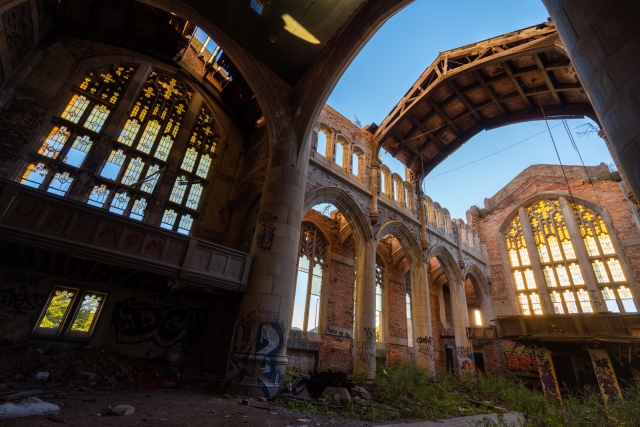
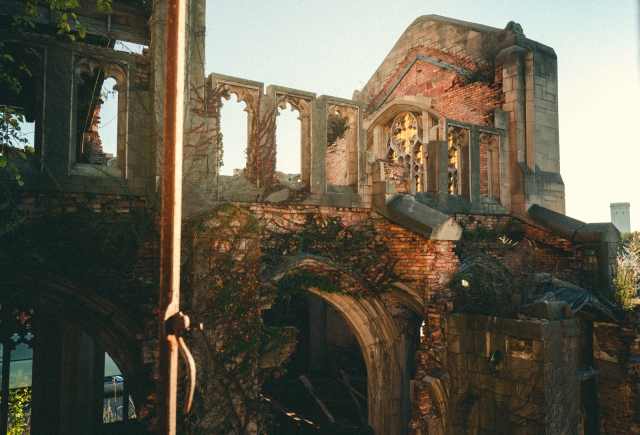
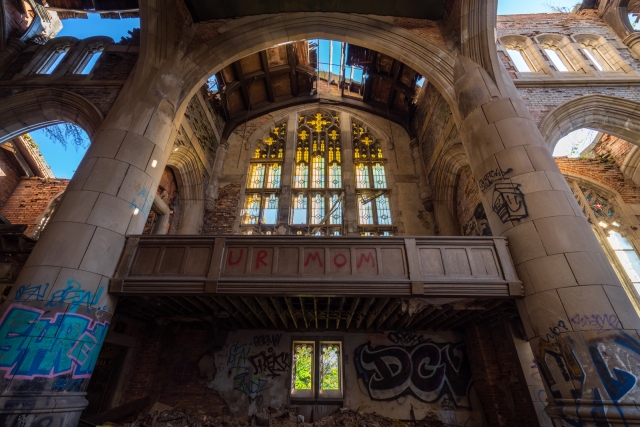
The church held its first service a year later, on October 3, 1926. One of the most notable pieces in the church at the time would have been the organ, which had been donated by Elbert Gary, after whom the city was named. By 1927, the church’s congregation had reached over 1,700.

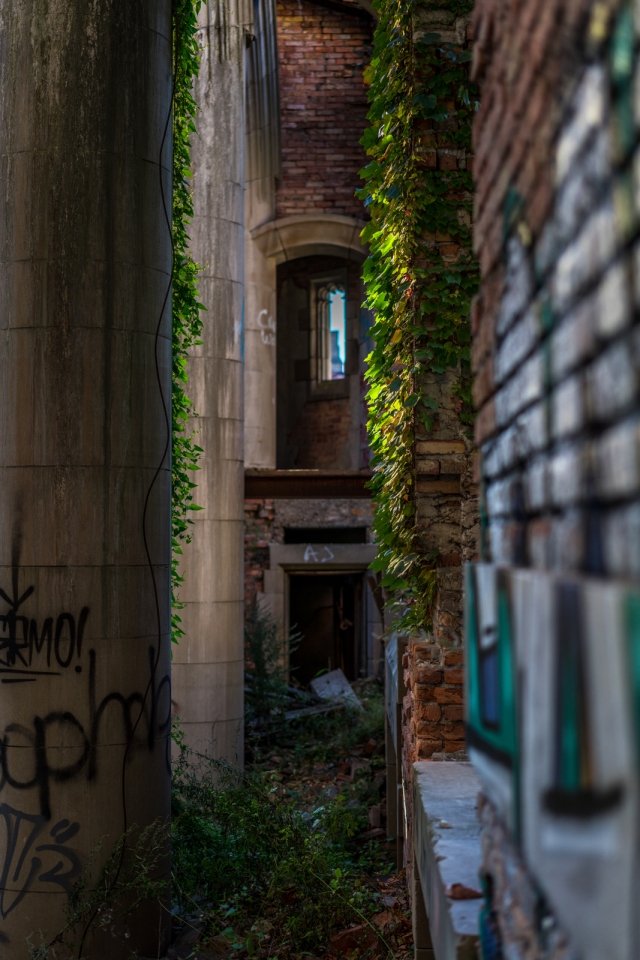
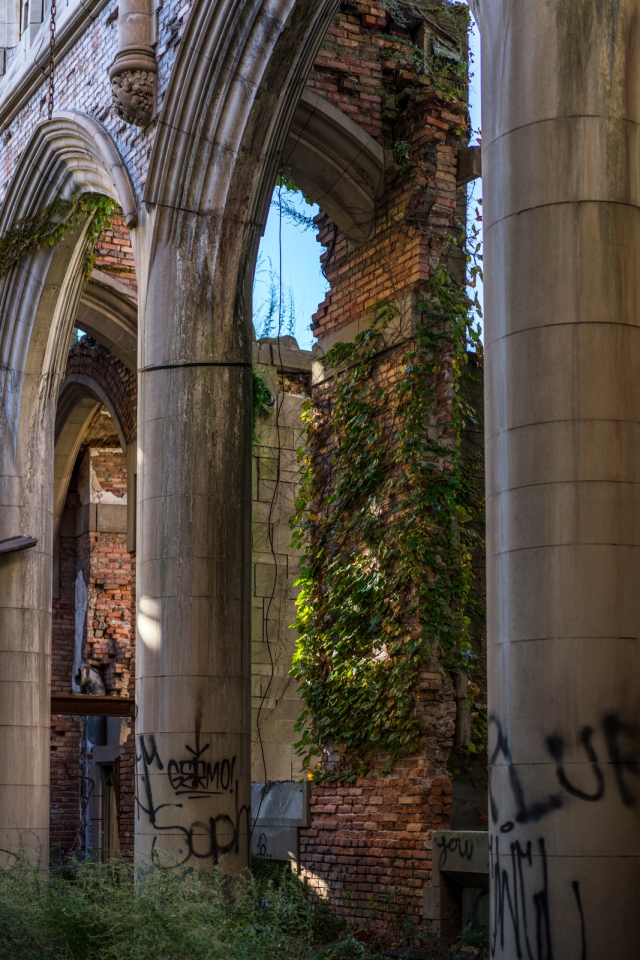
Only shortly after, by 1929, Seaman had begun to grow more and more unpopular with his parishioners, mostly due to his interests in cultural diversity. Seaman was involuntarily transferred to Ohio.
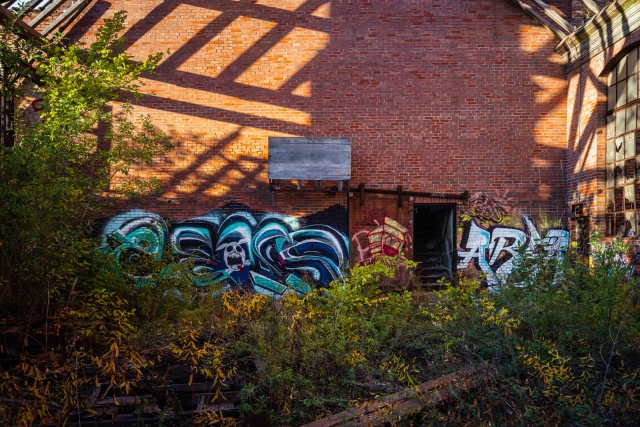
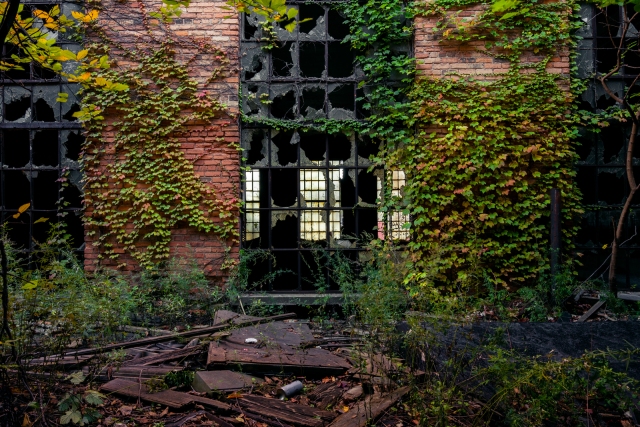

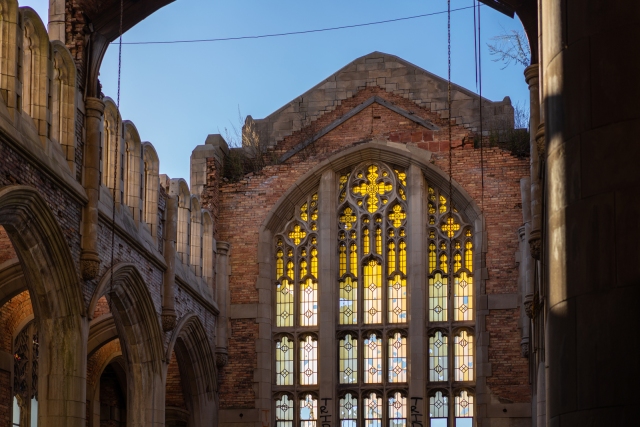
Seaman passed away in 1944. His wishes were to have his ashes brought back to Gary, and be entombed within the church. The church rose to the height of its popularity during the 1950s, when membership rose beyond 3,000 people.
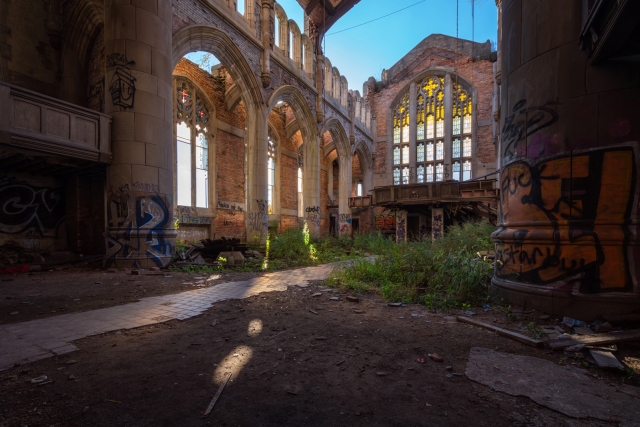
As the city of Gary fell into a sharp decline during the 1960s and 70s, the church, too began to fall apart. Crime rates quickly rose as industry just as quickly fell. People were flocking out of Gary just as fast as the money that once ran the city. By 1973, only 320 members remained in the congregation, and maintenance costs for the church became far too much to keep up with. Only about a third of the congregation would regularly attend during these years leading to its closure. There were numerous attempts made to sell the building to another congregation, but after a while with no luck, the decision was eventually made to close the church in 1975.
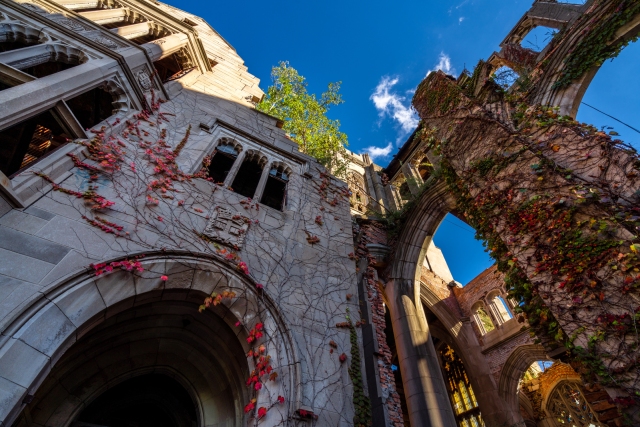
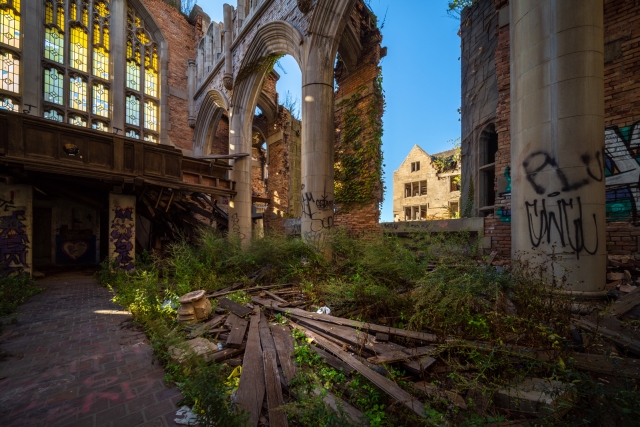
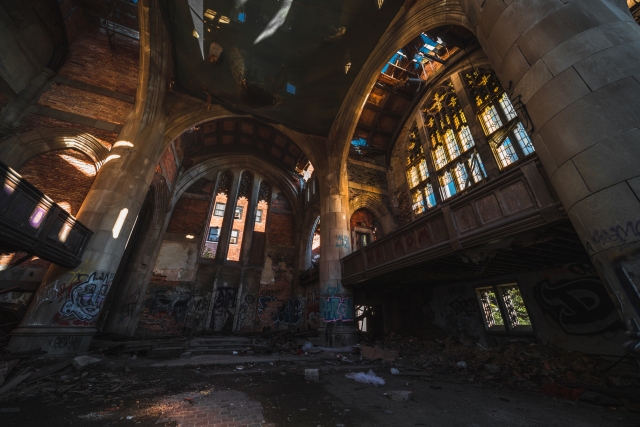
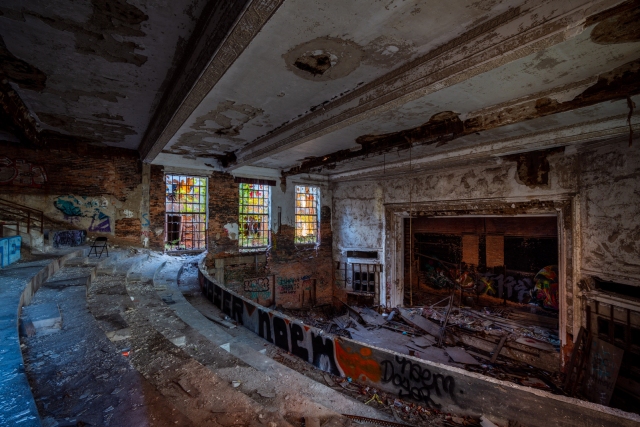
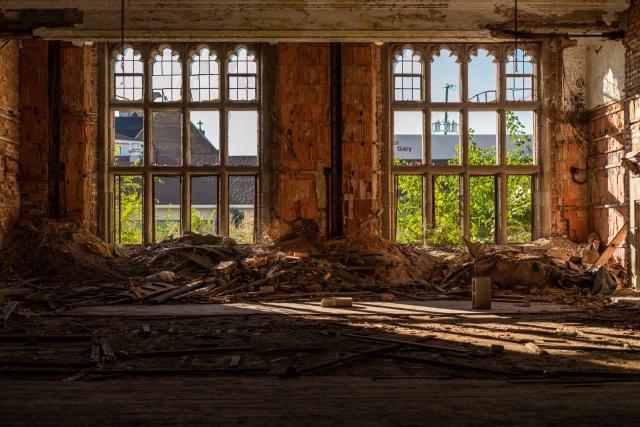
The Seaman Hall section of the property was used by Indiana University as a satellite campus, but the church went for years being ignored. By the 1990s, the church had begun to show major signs of decay after having sat uncared for. In 1997, this damage was taken much further when a fire further destroyed parts of the church. As of 2018, a section of the roof has fallen in, but the structure still stands. The city plans to turn the site into a large park in which the sanctuary will be the centerpiece.






It must have been glorious in its day. What a pity that it’s fallen into such hopeless disrepair, but I must say these are the most striking urban ruins I’ve ever seen. FANTASTIC photos!
Search for the Detroit, Michigan ruins and be surprised even more.
When industry leaves a place, who or what can continue? People had to find work somewhere else.
Wow… That is literally a shame! As always, your imagery along with your writing, is always moving. You do amazing work! As far as these structures… SOMEONE! PLEASE SAVE THEM!
Amazing photos of a once beautiful place.
Thank you!
Very moving photos. I especially love the first few and the one with the grafitti and the striking shadows.